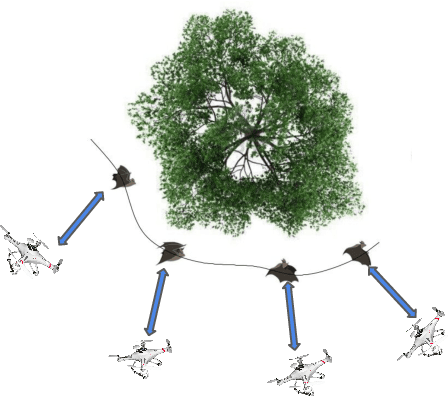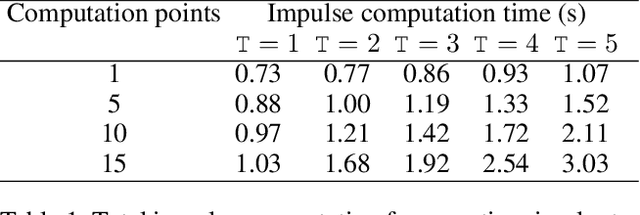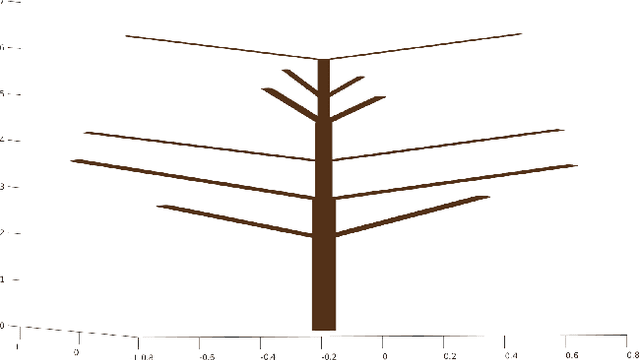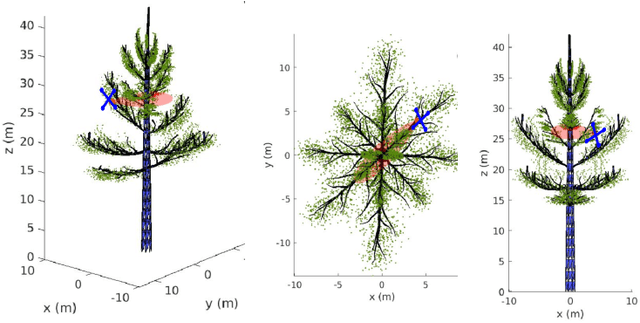Hongxiao Zhu
Recreating Bat Behavior on Quad-rotor UAVs-A Simulation Approach
Feb 12, 2020



Abstract:We develop an effective computer model to simulate sensing environments that consist of natural trees. The simulated environments are random and contain full geometry of the tree foliage. While this simulated model can be used as a general platform for studying the sensing mechanism of different flying species, our ultimate goal is to build bat-inspired Quad-rotor UAVs- UAVs that can recreate bat's flying behavior (e.g., obstacle avoidance, path planning) in dense vegetation. To this end, we also introduce an foliage echo simulator that can produce simulated echoes by mimicking bat's biosonar. In our current model, a few realistic model choices or assumptions are made. First, in order to create natural looking trees, the branching structures of trees are modeled by L-systems, whereas the detailed geometry of branches, sub-branches and leaves is created by randomizing a reference tree in a CAD object file. Additionally, the foliage echo simulator is simplified so that no shading effect is considered. We demonstrate our developed model by simulating real-world scenarios with multiple trees and compute the corresponding impulse responses along a Quad-rotor trajectory.
Simulate forest trees by integrating L-system and 3D CAD files
Jan 13, 2020



Abstract:In this article, we propose a new approach for simulating trees, including their branches, sub-branches, and leaves. This approach combines the theory of biological development, mathematical models, and computer graphics, producing simulated trees and forest with full geometry. Specifically, we adopt the Lindenmayer process to simulate the branching pattern of trees and modify the available measurements and dimensions of 3D CAD developed object files to create natural looking sub-branches and leaves. Randomization has been added to the placement of all branches, sub branches and leaves. To simulate a forest, we adopt Inhomogeneous Poisson process to generate random locations of trees. Our approach can be used to create complex structured 3D virtual environment for the purpose of testing new sensors and training robotic algorithms. We look forward to applying this approach to test biosonar sensors that mimick bats' fly in the simulated environment.
 Add to Chrome
Add to Chrome Add to Firefox
Add to Firefox Add to Edge
Add to Edge